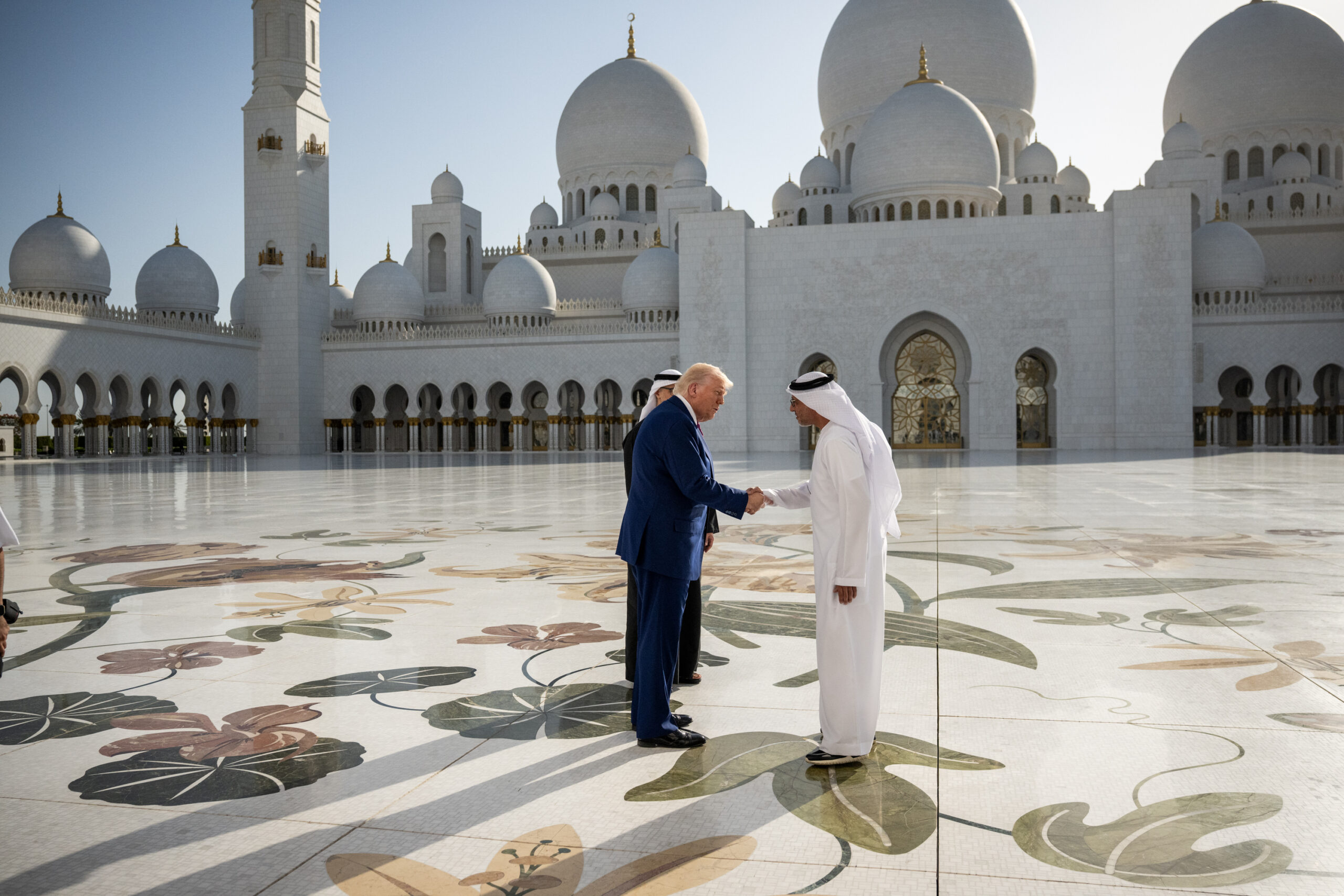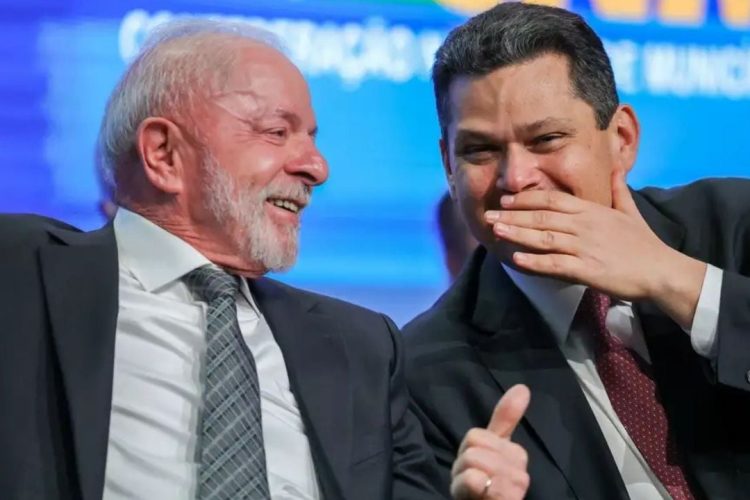
The world is catching its collective breath after President Trump’s whirlwind tour of the Middle East. The sheer number of deals and substantive actions is unprecedented.
His first stop was Saudi Arabia, and the initial few deals — including a $600 billion investment package that included $142 billion in arms sales — were not major surprises. But the first curveball was soon to follow. He lifted sanctions against Syria at the request of Saudi Crown Prince Mohammed bin Salman.
The Gulf Arab States were happy to see the end of the Assad regime in Syria and with it the expulsion of their biggest enemy, Iran, and its Islamic Revolutionary Guard Corps. The fact that they were deposed by Hay’at Tahrir al-Sham (HTS), a jihadist terror group, does not seem to be an obstacle in their eyes. They want to help cement that group’s somewhat tenuous hold on the country.
President Trump met with Ahmed al-Sharaa, the HTS leader, while there and lent his authority to the new leadership. Trump also gave him a list of demands for his government to show it deserves this golden opportunity, pressing Syria to join the Abraham Accords and normalize relations with Israel.
It is far from certain that HTS will lead Syria in a positive direction, even given the low bar of succeeding 50 years of tyranny by the Assads. Sharaa may have changed his name (he’s formerly known as the jihadist Abu Mohammed al-Jolani), trimmed his beard, and put on a suit, but he spent most of his adult life as a member of al-Qaida and other jihadist groups.
This is the bold nature of President Trump’s approach. He will rely on the Gulf States to keep HTS in line and in return gain their support for his other goals for the region. Two of the biggest are continuing the success of the Abraham Accords and ensuring that Iran never gets nuclear weapons. Both of those are more effective with a united front among the most influential countries in the region.
His next stop was Qatar, where the United States has its largest military presence in the region. He spoke to troops at Al Udeid Air Base about modernizing our forces and ensuring the interventionism of the past was in the past. But any action against Iran would certainly involve the U.S. forces there, and Iran was a topic of discussion as he met with Qatari leaders. He aimed to ensure they are on board with the reinvigorated maximum pressure campaign designed to influence Iran to sign a deal ending its nuclear programs.
He emphasized the strengthening relationship between the United States and Qatar and announced a number of major economic deals that amount to $1.2 trillion in new investments. Most interesting to the media and Democrats is the possibility of Qatar gifting a plane to serve as an interim Air Force One since Boeing is far behind on its planned replacement. The left has fabricated the story that this in fact an offer of a $400 million luxury jet to President Trump personally. It’s not. In actuality, if the transfer happens, the aircraft would go to the Defense Department. The corporate media don’t seem interested in the truth when they can spread this juicy mischaracterization like wildfire.
The Qataris have become increasingly influential in the Trump team’s efforts in the region. They certainly have useful contacts and the ability to deal directly with Hamas and other terrorist groups. While that can sometimes be helpful, it is also indicative of their longstanding support for extremists. Limiting this support was another topic of discussion to ensure no support goes to enemies of peace in the region.
His final stop was the United Arab Emirates, one of America’s most helpful friends in the Middle East. The UAE is a moderate, modernized oasis of business and capital that is near and dear to President Trump’s heart. He announced additional economic deals worth $200 billion, and the White House released a long list of business leaders touting the success of the more than $2 trillion in investments.
This leg of the trip also added another major surprise with word that there may be an Iran nuclear deal on the horizon. The meetings in Oman led the administration to present a plan to the Islamic Republic of Iran. President Trump said: “Iran has sort of agreed to the terms. They’re not going to make — I call it, in a friendly way — nuclear dust.”
There are many obstacles to an actual deal, including Iran’s continued demand that it be allowed to enrich uranium for the civilian nuclear program. Iran’s refusal to simply purchase readily available nuclear fuel enriched at the low level needed for civilian purposes highlights the game it is playing here. Enrichment is only necessary if Iran wants to retain a path to making a bomb. That is an intolerable end state. Enrichment needs to be a strong redline in any potential deal.
By breaking with tradition and visiting the Middle East, and these countries in particular, President Trump has shown he sees them as pivotal in changing the current dynamic. He has shown little interest in small steps and half-hearted efforts in his second term. We should all wish him good luck and Godspeed.
Jim Hanson is president of WorldStrat and chief editor of the Middle East Forum. He previously served in U.S. Army Special Forces.


